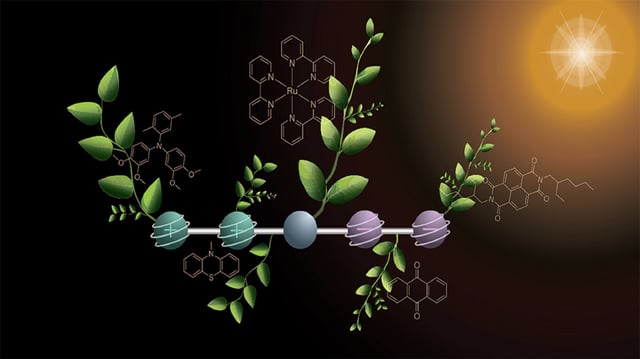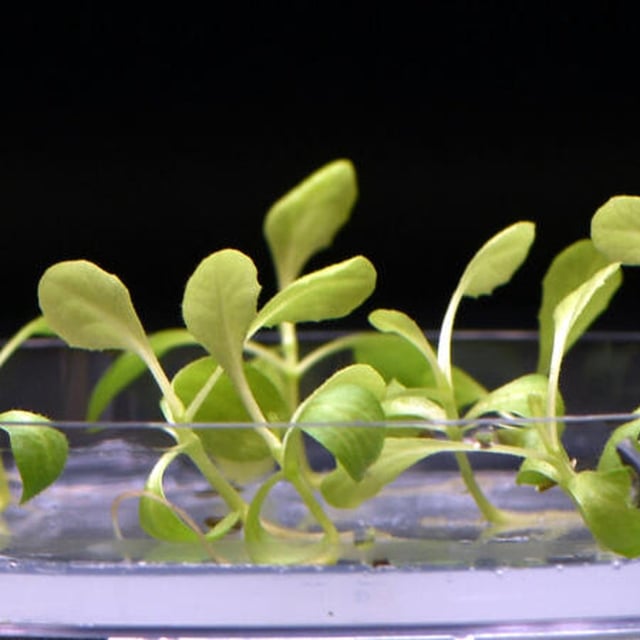Overview
- The University of Basel team designed a five-part donor–photosensitizer–acceptor molecule that accumulates two positive and two negative charges after two light pulses.
- The stepwise excitation reduces the need for the extremely intense laser light used in earlier studies and moves closer to sunlight-like conditions.
- The separated charges persist long enough to be usable for subsequent chemistry, addressing a core hurdle for multi-electron reactions such as water splitting.
- Researchers led by Professor Oliver Wenger, with lead author Mathis Brändlin, detailed the proof-of-concept in Nature Chemistry.
- The work is not yet a complete artificial photosynthesis system, with upcoming efforts focused on linking the charge-storage module to catalytic fuel-forming reactions.


